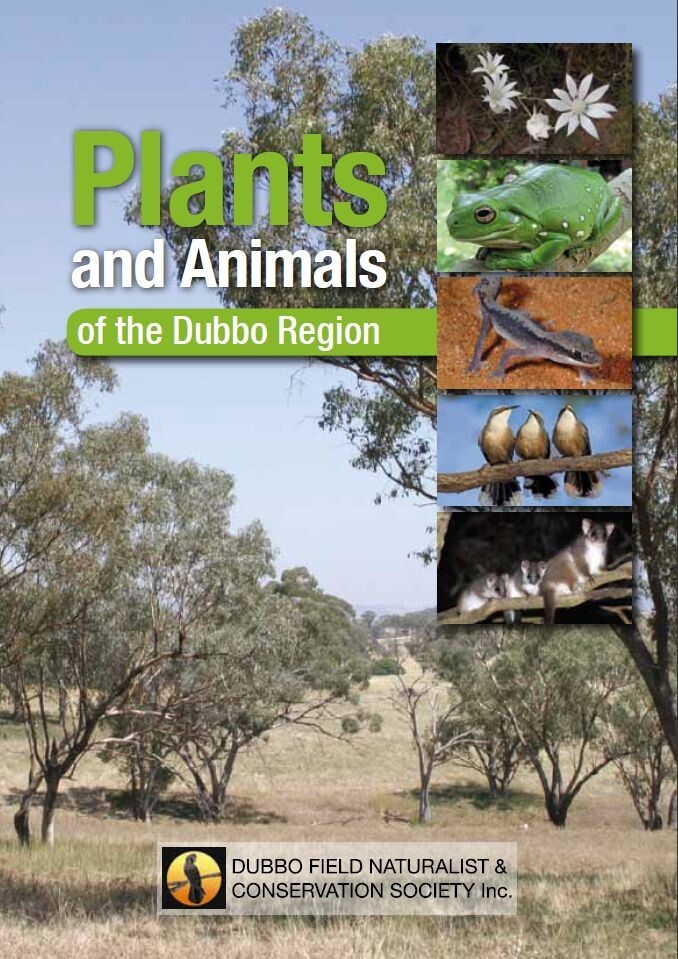Locating the Pine Donkey
Kristin Murdock
13 October 2023, 6:40 AM
 The vulnerable Pine Donkey Orchid is showing its face across the Western Plains, its just tricky to find!
The vulnerable Pine Donkey Orchid is showing its face across the Western Plains, its just tricky to find!Did you know that worldwide, scientists are still naming about 2500 new plants each year?
With the current hot weather it's hard to believe we are still in mid spring, but there are still wildflowers about in the local area - if you know what to look for.
Unfortunately, there aren't as many as there used to be with the CSIRO reporting that up to 45 per cent of all known flowering plant species across the globe could be under threat of extinction with the plant family Orchidaceae (orchids) among the most vulnerable.
More and more newly described species have narrow geographic ranges, with many new plants described from only a single location, and are undergoing population or habitat decline. Australian orchids are unique in their diversity and lineage.
“Australia’s largest orchid lineage, which accounts for over 60 per cent of Australia’s orchid species diversity, originated in Australia and dates back more than 40 million years," CSIRO orchid researcher, Dr Katharina Nargar said. “In contrast, most orchid species worldwide originated fairly recently in Earth’s history, within the last five million years.”
Libby McIntyre, Land Services Officer at Central West Local Land Services (CWLLS) said the Western Plains is home to one vulnerable orchid species, the Pine Donkey Orchid (Diuris tricolor).
"These are beautiful yellow and brown flowers," Ms McIntyre said. "They can be found among Cypress pine and Bimble Box country and flourish in sandy soil."
The Pine Donkey Orchid is flowering now and has been sighted around the Condobolin-Nymagee road, Girilambone, Dubbo and the Pilliga National Park region.
"You can find them if you know where to look," Ms McIntyre said.

PHOTO: Recommended reading for local species identification.
Ms McIntrye recommended anyone interested in local species to read the book, "Plants and animals of the Dubbo region" which was produced by the Dubbo Field Naturalist Society. The book lists species, distribution, threats and regional occurrence.
Last year, the CSIRO added 23 threatened orchids from Australia to the International Union for Conservation of Nature Red List of Threatened Species, bringing the total number of Australian orchids on the Red List to 51. Interestingly, almost all of these orchids grow on the ground whereas, worldwide, orchids generally grow on trees.
“Their inclusion on the Red List serves to increase awareness about Australia's orchid diversity and paves the way for international funding opportunities for those engaged in orchid conservation efforts,” Dr Nargar said.
So, tread carefully while you are out and about and keep your eyes open for one of our prettiest and rarest residents.